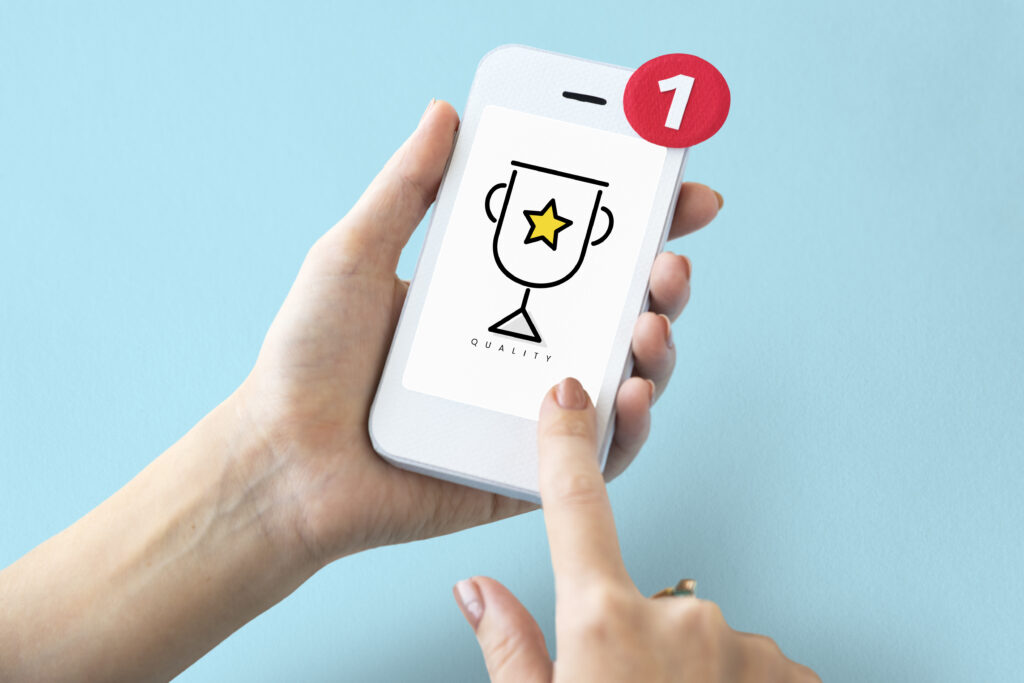Doom Scrolling
Introduction
Doom scrolling is a phenomenon which refers to the habit of senselessly scrolling on our mobile phones or tabs through a nonstop content of negative news or upsetting content on social media platforms or news websites. This behavior often occurs late at night and can lead to heightened feelings of anxiety, helplessness, or despair. The term “doom scrolling” reflects the tendency to become absorbed in a cycle of consuming negative information, contributing to a negative impact on mental well-being. It’s important to be mindful of such behavior and establish healthy digital habits to maintain a positive mental state.
Regaining control over excessive scrolling and managing our time effectively on mobile phones is a complicated challenge that requires a thoughtful approach. In today’s digital age, smartphones play a central role in our daily lives, offering many apps and content that can easily lead to unproductive and time-consuming habits. To address this issue, one must investigate into various aspects of behavioral psychology, time management, and digital mindfulness.
Solution
Setting Intentions and Mindful Awareness:

The journey toward reducing mobile phone scrolling begins with setting clear intentions. Before unlocking your device, define the purpose of your interaction. Ask yourself what specific task or information you seek. This practice establishes a conscious mindset, steering you away from aimless scrolling. Mindful awareness involves being present and intentional with your actions, acknowledging the potential pitfalls of mindless browsing.
Time Management Apps:

In the quest for effective time management, leverage technology to your advantage. Numerous apps are designed to monitor and regulate screen time. These applications allow users to set daily limits for specific apps, providing notifications when these limits are approached or exceeded. This not only acts as a practical reminder but also encourages self-discipline and accountability.
Organizing Apps and Customizing Notifications:

The layout of your smartphone interface can significantly influence your usage patterns. Organize your apps into folders based on categories to streamline access. This reduces the likelihood of impulsively opening apps and encourages purposeful navigation. Additionally, customize notifications to minimize distractions. Disable non-essential alerts, allowing only crucial notifications to reach you. This intentional filtering contributes to a more focused and less disruptive mobile experience.
Scheduled Downtime:

Creating designated periods of downtime is a fundamental strategy in reclaiming control over smartphone usage. Establish specific times during the day when you consciously disconnect from your device. This could include meal times, moments before bedtime, or dedicated intervals during work hours. Implementing scheduled downtime fosters a healthier balance between digital engagement and real-world activities.
Mindful Browsing and Content Evaluation:

Mindful browsing involves a conscious evaluation of the content you consume. Before scrolling, ask yourself whether the material contributes positively to your well-being or aligns with your interests and goals. If the answer is negative, reconsider spending time on that platform or app. This introspective approach empowers users to curate their digital experiences, promoting content that adds value.
Unsubscribe and Unfollow:

Digital clutter can contribute to excessive scrolling. Evaluate your subscriptions and social media follows, and unsubscribe or unfollow accounts that no longer align with your interests or values. Streamlining your digital connections reduces the influx of irrelevant content, fostering a more focused and intentional online experience.
Digital Detox Days:

Scheduled digital detox days provide a respite from constant connectivity. Designate specific days or weekends where you intentionally disconnect from your phone and other digital devices. This break allows you to engage in offline activities, fostering a renewed appreciation for the physical world and human interactions. It also serves as a reset, enabling you to reassess and recalibrate your relationship with technology.
Establishing Physical Boundaries:

Creating physical boundaries for smartphone usage is a tangible and effective strategy. During certain activities, such as work or relaxation, keep your phone out of arm’s reach. This deliberate separation minimizes the impulse to check your device unnecessarily and encourages a more mindful approach to technology.
Understanding Psychological Triggers:

App developers employ various psychological causes to keep users involved. Understanding these tactics, such as push notifications, infinite scrolling, and personalized recommendations, is crucial. Awareness of these strategies empowers users to resist thoughtless behaviors and make conscious choices about their digital interactions.
Implementing a Reward System:

Behavioral psychology suggests that implementing a reward system can positively reinforce desired actions. Apply this principle to smartphone usage by setting up a reward system. Earn additional phone time by completing tasks, achieving goals, or engaging in productive activities. This approach not only promotes responsible phone use but also encourages a sense of accomplishment and motivation.
Seeking Alternative Activities:

Identifying alternative activities that bring joy or relaxation without involving a smartphone is good. Whether it is reading a book, going for a walk, following a hobby, or engaging in face-to-face conversations, expanding your leisure activities reduces dependency on digital devices and enforces a more balanced lifestyle.
Reflection and Continuous Adjustment:

Reducing mobile phone scrolling is an ongoing process that requires regular reflection and adjustment. Periodically assess your smartphone usage patterns, noting areas for improvement. Be open to modifying your strategies based on evolving priorities and circumstances. This iterative approach ensures that your efforts remain aligned with your goals and adapt to changes in technology and personal preferences.
Conclusion
In conclusion, breaking the habit of excessive scrolling and recovering time on your mobile phone requires a complete and thoughtful approach. By combining plans rooted in intentionality, time management, mindful awareness, and behavioral psychology, you can cultivate a healthier relationship with your digital devices. Remember, the key lies in consistent and conscious efforts to reshape your digital habits, leading to a more balanced and fulfilling lifestyle.
